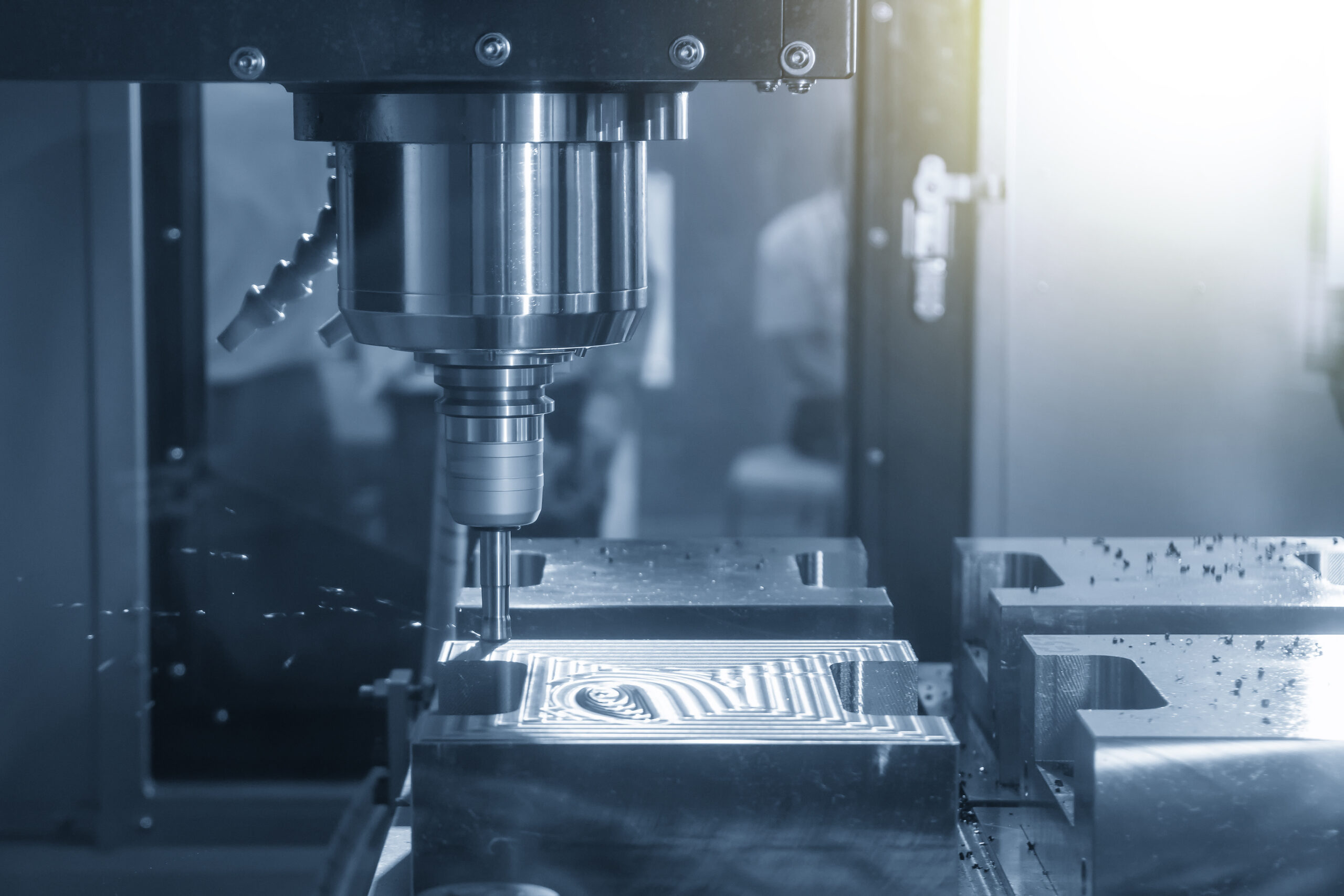
Valued at $258.2 billion, the global injection molding market is forecast to experience continued growth. This is fueled by the need for lightweight, versatile, and cost-effective plastic parts and products.
However, injection molding is not the only manufacturing option on the block. Rotomolding is another popular method that many manufacturers offer.
Before you action production, it is imperative that you know the difference between these two processes, as well as the potential advantages that injection molding can yield.
Read on to learn about the advantages of injection molding and how it differs from rotomolding.
Injections Molding vs. Rotomolding
Injection molding and rotomolding are two of the primary plastic molding methods.
During injection molding, materials are injected into a mold, which is then baked. Once the part has formed, the mold is allowed to cool, and the part is removed.
Rotomolding, also known as rotational molding, also involves coating a mold with plastic base materials. The mold then revolves at an even speed under heat. This results in multiple layers of plastic coating, with additional material buildup within corners.
The rotational molding process has often been used for small runs of components, or for applications where a higher weight and density will be required.
Injection molding, the more popular production method, has been used through a wide range of applications. Although there are limitations to injection molding, in many instances, it is the preferable choice. These include larger production runs where lightweighting and an enhanced ROI are paramount.
Let’s take a look at some of the specific advantages of injection molding.
Advantages of Injection Molding
When compared to rotomolding, injection molding has some key advantages.
For one, injection molding is highly cost-effective. It also offers a wider range of material choices and potential design shapes, as well as a proven capacity for lightweighting.
Overall, injection molding is often a superior production choice. Let’s take a look at why.
1. Injection Molding Is Cheaper
Per unit, the injection molding manufacturing process is faster than rotomolding. Injection molding also utilizes materials that are cheaper than the poly-based resins required in rotomolding.
These two factors result in reduced production costs. This ultimately equates to a higher potential ROI on components.
2. Greater Material Choice
Rotomolding materials largely confine to polymers. If you wish to use a different material, such as acrylic, injection molding offers the capacity to mold a much wider variety of materials.
Additionally, injection molding also allows for a broader choice of colors.
3. Wider Range of Shapes
One of the important advantages of injection molding is that it also allows for a wide range of designs and shapes. Rotomolding has some limitations when it comes to incorporating detailed design elements. If your product or component is intricate, the injection molding process will often be more suitable.
4. Lightweight Parts
One of the injection molding advantages that makes it such a widespread production process, particularly within the automotive industry, is its capacity to produce lightweight components. Reducing component weight is essential in many applications. This is something that rotomolding is unable to do.
Do You Have a Project That Needs to Go to Production?
Both rotomolding and injection molding production methods boast their own advantages. However, in many applications, injection molding is often more suitable than rotational molding process.
Do you have a component or product that needs to go to production? If so, feel free to contact us for any advice you may need on which production process to choose. You can also request a quote, and we will work with you to successfully bring your design to production.
